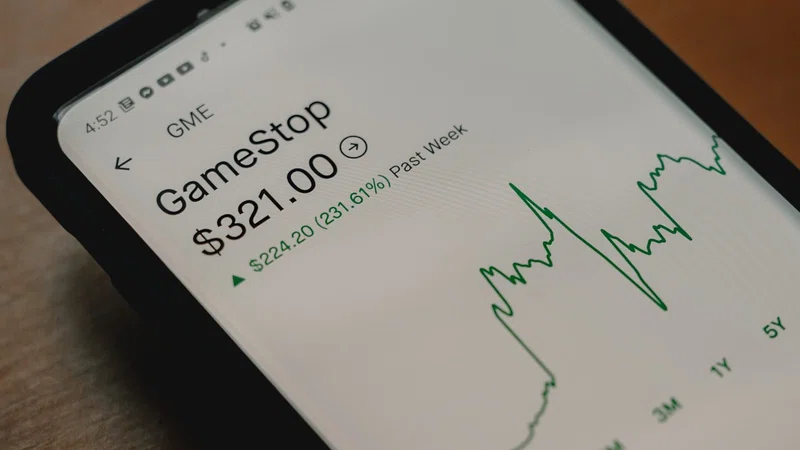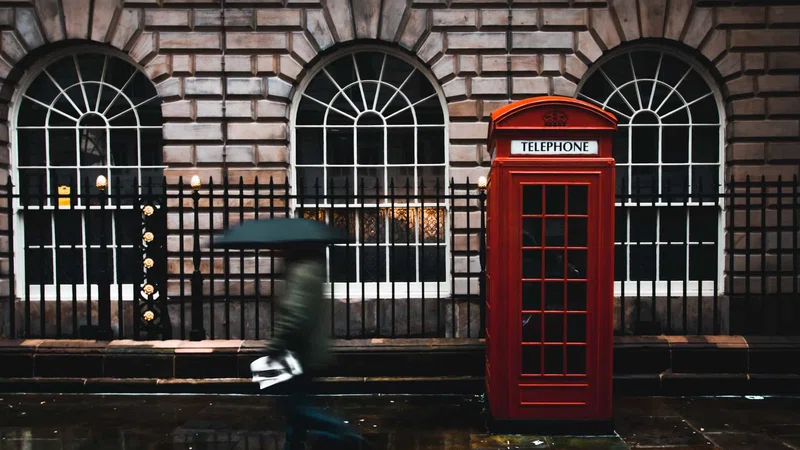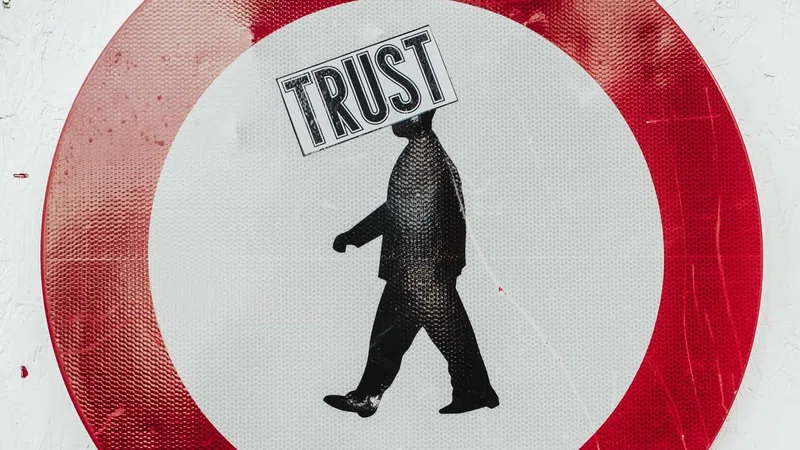With the ongoing pandemic warranting a socially distanced society, it’s unsurprising to hear that the contactless limit is set to rise to £100 for major retailers. At the beginning of the pandemic, businesses had to encourage digital card payments as cash was a carrier for infectious diseases, while some refused to accept cash altogether. And these spending habits will likely continue beyond the rollout of the vaccine with a recent study finding that one in five made a contactless payment for the first time since the pandemic.
“More importantly, the move to contactless shouldn’t come at the expense of wider society. There is a lot to admire about the prospect of a 100% cashless society including increased security, accessibility and convenience day-to-day. However, the reality is that we have a long way to go and there are still large proportions of society who rely on cash; recent research found that nearly 2.2 million people in the UK use cash for all of their daily transactions. While this figure may change post-Covid-19, what’s clear is that before the pandemic there was a significant number of people who relied on ATMs, traditional building societies and cash. And if we are to continue to move into the future of payments, providing access to both cash and contactless solutions, as well as nurturing a society of digital solutions will have to remain a priority.”













